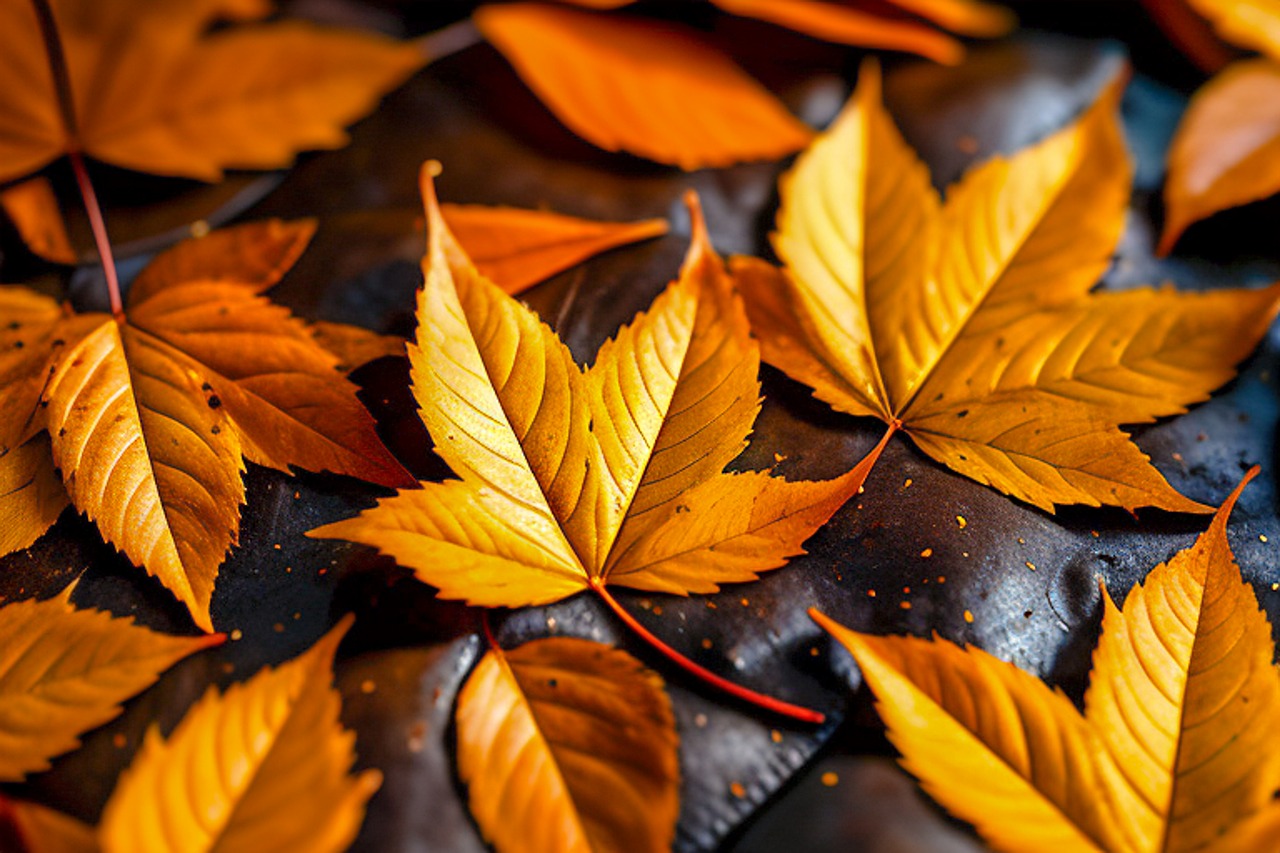Photorealism is a genre that emerged in the late 1960s. It is a testament to the prowess of artists who can create lifelike paintings that they often get mistaken for photographs. These works of art capture minute details, right down to the subtle interplay of light and shadow.
This article delves into the fascinating world of Photorealism. We will trace its roots and explore artists’ techniques, along with profiles of key artists in the field.
What is the historical background?
Photorealism emerged from the Realism movement, which aimed to portray life as it is. Artists like Jean-François Millet and Gustave Courbet made strides in capturing reality on canvas. Photorealism took this one step further by mimicking photographic detail. Many link its rise to the advent of the camera. It offered artists a new tool to capture reality more accurately than ever.
The genre gained momentum during the late 1960s and early 1970s in America. During this period, artists started questioning the abstract styles that had dominated the art world. They returned to representational art but took it a notch higher through extreme attention to detail.
What about the leading techniques and tools?
Artists use various methods to achieve photorealistic effects. Many start with an actual photograph and then painstakingly recreate the image on canvas. Some artists even use projectors to cast the picture onto the canvas and trace the outlines.
Detail is king in Photorealism. Artists use extremely fine brushes to capture minute particulars. They often employ layering techniques to mimic the play of light and shadow, adding depth and dimension to the painting. The aim is to eliminate any sign of the artist’s brushstrokes. All this helps the final artwork look as much like a photograph as possible.
Notable artists
These painters are so good at showing real-life details that people often can’t tell if they are looking at a photo or a painting. Let’s delve into the works of some of these remarkable artists.
Chuck Close
Chuck Close is an American painter renowned for his large-scale, close-up portraits. Initially, his works featured family and friends, but his repertoire soon broadened. Even after a spinal injury left him paralyzed, Close continued to paint with a brush strapped to his wrist.
Robert Bechtle
Robert Bechtle, another key American photorealist, focuses on urban scenes. He captures the streets of San Francisco in his paintings, showcasing cars and buildings with staggering detail. Bechtle’s paintings are so lifelike that they often trick viewers into thinking they look at photographs.
Audrey Flack
Audrey Flack holds her own as one of the few women in the photorealistic movement with her striking focus on still life. Her works possess an astonishing level of detail. They capture the intricacies of a fabric pattern, the texture of an apple, or the reflections in a shiny kettle.
These artists have shaped the photorealistic genre in their unique ways. Their contributions to Photorealism are invaluable. Their work challenges our perception of reality and elevates the genre to astonishing heights.
What impact does Photorealism have?
Photorealism’s influence reaches far beyond traditional art circles. It poses critical questions about the very essence of art. This art pushes the boundaries of what an artist can achieve with mere paint and canvas. The genre has also found its way into major art exhibitions and galleries worldwide, making it accessible to a broader audience.
In the digital age, Photorealism’s techniques have been adapted into various forms of media. For example, advertisers use photorealistic ideas to make ads that catch your eye. In movies, the same ideas help make very real-looking places and people in animation and computer graphics.
Furthermore, art experts in schools and colleges write extensively about Photorealism. They cover everything from its techniques to its historical and cultural significance. This growing collection of writings deepens our understanding of the style and confirms its importance in art.
To summarise, Photorealism is making a significant mark on the modern world as an artistic movement and a cultural phenomenon.
Conclusion
Photorealism offers a paradoxical blend of art and life, challenging our perceptions of both. This captivating art form has not only amazed viewers but has also changed how artists approach realism.
If you have not had the chance to explore this remarkable genre, make it a point to visit a gallery that features photorealistic art!
